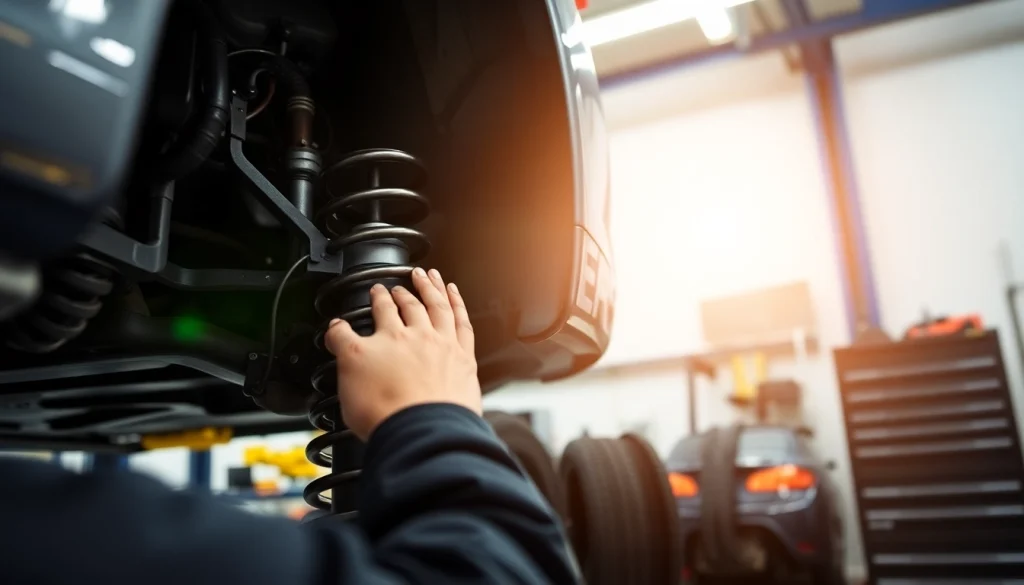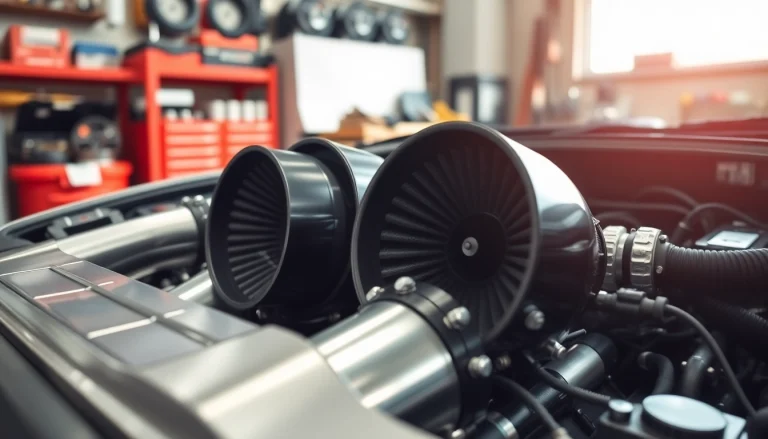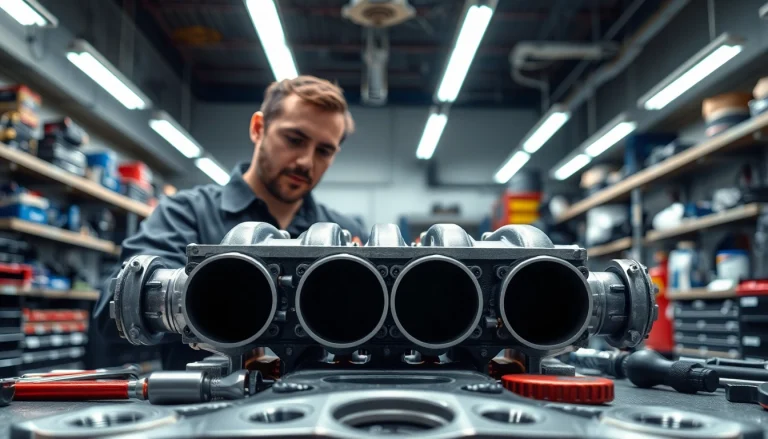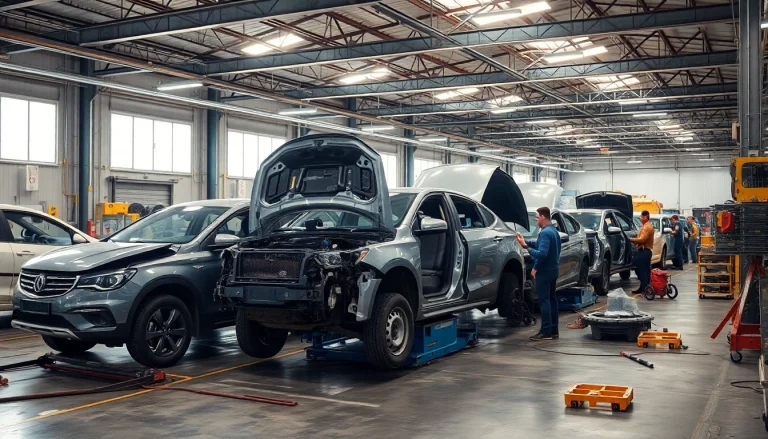
Driving is an essential part of our lives, often taken for granted until things go wrong. One crucial element in maintaining a vehicle’s performance, safety, and comfort is its suspension system. Not only does this system absorb shocks from the road, but it also ensures that your vehicle remains stable during maneuvers. Implementing a car suspension and alignment service is vital to prolonging the life of your vehicle and ensuring safe driving experiences. This comprehensive guide delves deep into understanding car suspension systems, signs that indicate a need for service, the benefits of professional assistance, how to choose the right service provider, and tips for maintaining your suspension system.
Understanding Car Suspension Systems
What is a Car Suspension System?
The suspension system of a vehicle plays a crucial role in ensuring a smooth ride. It consists of components that work together to support the vehicle’s weight, absorb shocks from the road, and provide steering stability. The suspension primarily affects how the vehicle handles and how comfortable passengers feel during their ride. At its core, the system connects the vehicle’s body to its wheels and is designed to maximize the friction between the tires and the road surface, allowing for better control and stability.
Key Components and Their Functions
Understanding the various components of a car’s suspension system can help drivers appreciate its value and recognize potential problems. Key components include:
- Springs: These absorb shocks and support the vehicle’s weight, allowing for a smoother ride. They come in various forms including coil springs, leaf springs, and air springs.
- Dampers/Shocks: Often found in conjunction with springs, dampers help control the extension and compression of springs, providing stability and preventing excessive bouncing.
- Sway Bars: These resist body roll during cornering and help keep the vehicle stable by distributing weight across the wheels.
- Control Arms: These connect the wheel hub to the vehicle’s frame, allowing for controlled wheel movement during travel.
- Ball Joints: These facilitate smooth rotations and provide connectivity between control arms and steering knuckles.
Each of these components plays a unique role in ensuring the effectiveness of the suspension system, and neglecting any one of them can lead to performance issues.
The Importance of Proper Alignment
Proper alignment is essential for maximizing the effectiveness of your car’s suspension system. It refers to the angle at which your tires meet the road. When alignment is off, it can lead to uneven tire wear, reduced fuel efficiency, and impaired handling. Keeping wheels aligned ensures that the vehicle drives straight without pulling to either side. Furthermore, proper alignment can enhance your overall driving safety, making it an essential aspect of vehicle maintenance.
Signs Your Vehicle Needs Suspension and Alignment Service
Unusual Noises While Driving
Noise can be one of the first indicators of suspension problems. Clunking, banging, or squeaking noises while driving may point to worn-out components or loose parts in the suspension system. Such sounds signal a need for further inspection and possible repairs.
Visual Indicators of Suspension Issues
Besides sounds, several visual signs can indicate suspension problems. Drivers should regularly inspect their vehicles for:
- Uneven Tire Wear: Look for bold spots, cupping, or excessive wear on one side of the tire, which could suggest misalignment.
- Visible Damage: Inspect for leaks in struts or shocks, broken springs, or bent components.
- Changes in Height: If one corner of your vehicle appears lower than the others, it may indicate a problem with a spring or other suspension component.
Handling and Ride Quality Concerns
If the vehicle feels bouncy, sways excessively during turns, or exhibits a rough ride over bumps, it’s time to consider a suspension check. Poor handling can impact driving safety and comfort, making it vital to address these concerns promptly.
Benefits of Professional Car Suspension and Alignment Service
Enhanced Driving Safety
Professional car suspension services help to enhance the overall safety of your vehicle. Ensuring that all components are functioning correctly means better handling and stability, reducing the risk of accidents caused by suspension failure.
Improved Fuel Efficiency
A well-aligned vehicle will use less fuel as it minimizes rolling resistance. Proper suspension reduces drag, meaning your car doesn’t have to work as hard during operation. This efficiency leads to savings not just at the pump but also in reduced wear on the engine over time.
Extended Lifespan of Tires
Professional suspension and alignment services not only contribute to a more comfortable ride but also significantly extend the life of your tires. Proper alignment ensures even tire wear, reducing the chances of premature tire replacement. Regular checks can therefore lead to significant long-term savings.
Choosing the Right Suspension Service Provider
What to Look for in a Mechanic
Choosing an experienced mechanic for suspension and alignment services is crucial. Look for a shop that specializes in suspension repairs, employs certified technicians, and has access to quality parts. Certifications from organizations such as ASE (Automotive Service Excellence) can indicate a mechanic’s expertise and commitment to quality service.
Questions to Ask Before Service
Before committing to a service, it’s pertinent to ask the following questions:
- What is included in the suspension service you provide?
- Can you explain any suspension problems your inspection has revealed?
- Do you offer warranties on parts and labor?
- What safety measures do you have in place for customers?
These inquiries will facilitate better understanding and trust between you and your mechanic.
Reading Customer Reviews and Testimonials
Customer feedback is an invaluable resource when choosing a service provider. Review platforms and social media pages often provide insights into the quality of service provided by the mechanic or shop. Look for comments regarding expertise, customer service, pricing, and follow-up care.
Maintaining Your Vehicle’s Suspension System
Regular Inspections and Maintenance Tips
Regular maintenance and inspections can prevent severe suspension issues down the line. Schedule routine checks every six months or based on your vehicle’s usage. During these inspections, mechanics will assess the condition of your springs, shocks, and alignment, allowing for early intervention when issues arise.
When to Schedule Alignment Services
Alignment services should be considered whenever you notice changes in vehicle handling, after hitting a significant pothole, or after replacing tires. In general, an alignment service is recommended every 10,000 miles or as advised by the vehicle manufacturer.
DIY Tips for Vehicle Care
While professional services are vital for suspension and alignment, owners can undertake several DIY maintenance practices:
- Inspect Tire Pressure: Ensure that tires are inflated to the recommended levels to promote even wear and proper handling.
- Regular Cleaning: Clean areas around the suspension components to remove debris that may lead to damage.
- Monitor Performance: Keep an eye on how the vehicle drives and take notes on any unusual sounds or handling changes.
Implementing these small steps can greatly assist in maintaining your vehicle’s functionality.






